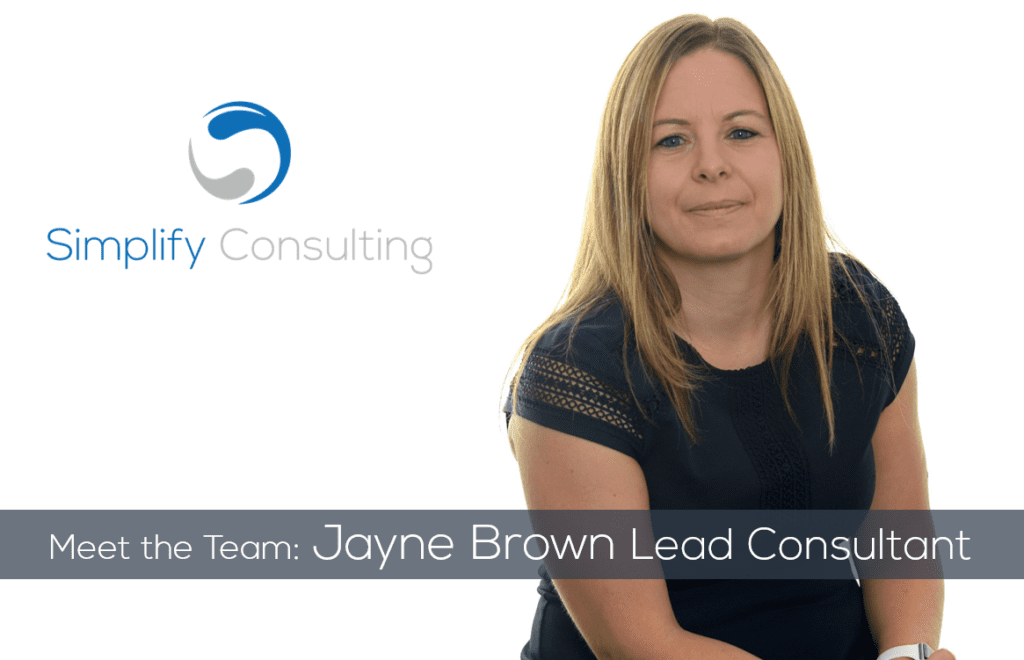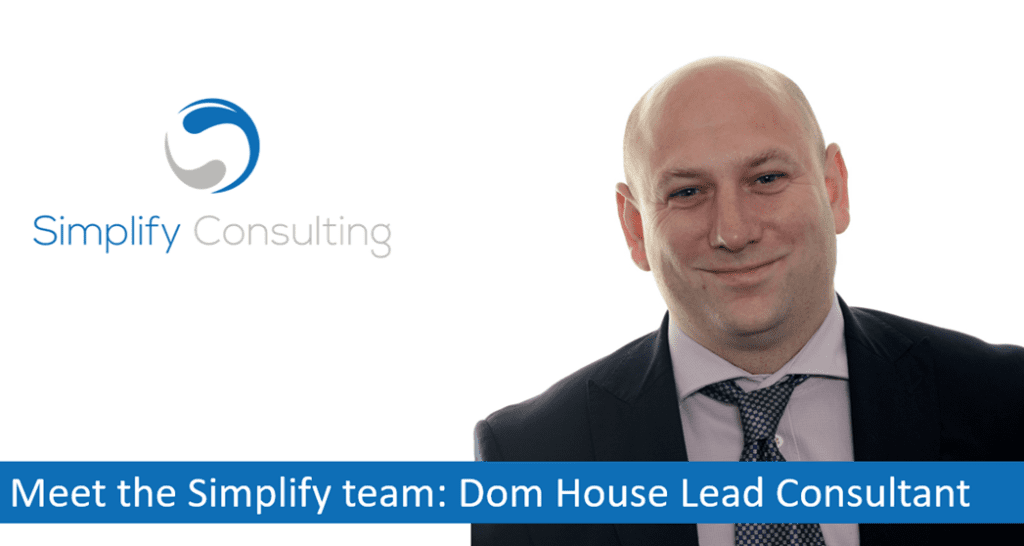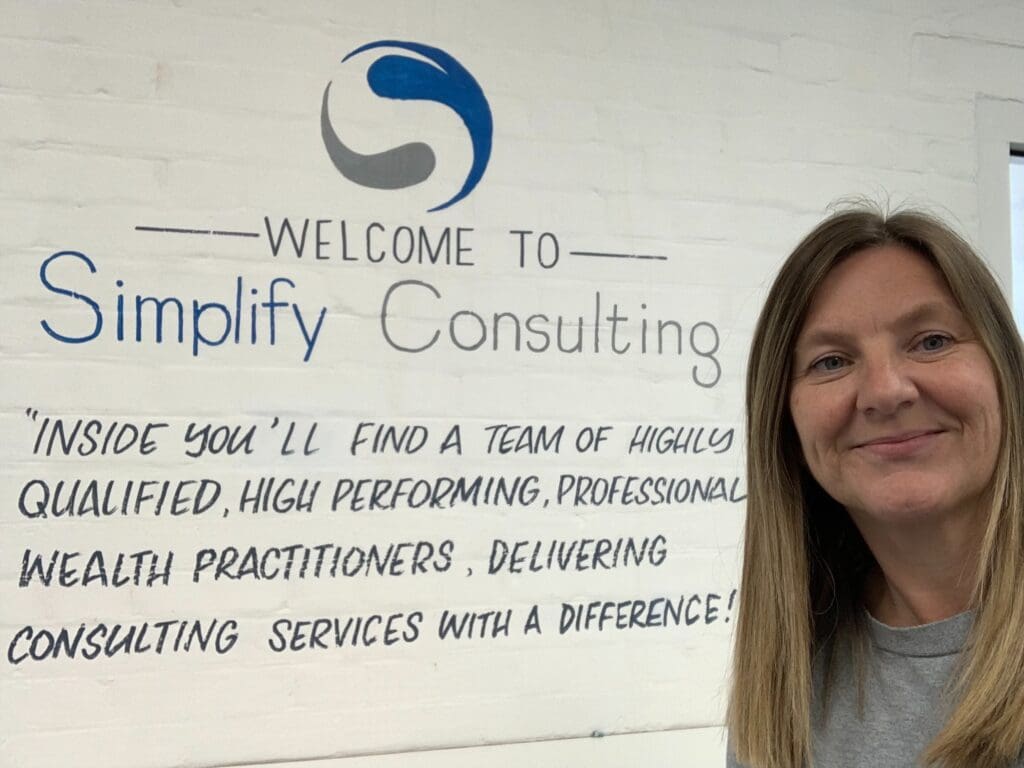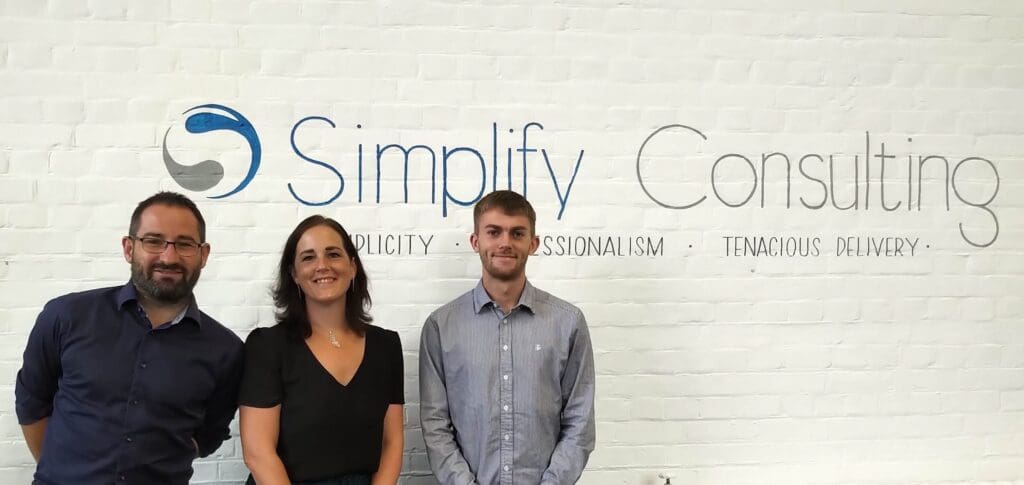The advice landscape is quite complex with varying levels of independence a customer is exposed to, depending on the firm and their proposition. From high street banks, tied adviser networks and national firms to the fully independent firms and discretionary advisers. We know that the proportion of UK adults taking advice is slight, 11% over the past year based on some research conducted by the Lang Cat and published in FT Adviser. When firms are marketing themselves, they use phrases such as ‘independent’ or ‘whole of market’ but the reality is it would be very difficult for any adviser to do a whole of market view, every time they give advice.
Firms may start with whole of market initially, but introduce some internal due diligence and investment committees, this wide net is soon whittled down to not much more than a handful of ring-fenced investments and providers. That whole of market quickly becomes a restricted list. Will that restricted list always meet the personalised needs of every customer, and if there is a need to choose outside of this, can advisers working for the firm do that? Advisers are under a lot of pressure from a time and regulatory perspective. I think it’s fair to assume that pushing the boundaries imposed by the firm they work for, where there is a restriction, is time and resources they do not have readily available. They will likely need to build a justifiable case as to why a particular customer’s needs cannot be met by the pre-defined list. Clearly it will vary depending on the type of adviser firm.
Advisers, even with full independence, will have their favourite platforms and asset managers who have good technology, streamlined processes, and are aligned with how they like to operate. And where there isn’t full independence, a vanilla offering probably does suit 80% of customers.
Are advisers doing enough to explain this process to their customers at the outset? Advisers should be comfortable in explaining this process and the reasons why the process exists. It is important though that they can recognise and help customers who do have more specific and complex needs. The time pressures are not going to go away, finding magical extra hours in a day is never going to happen and regulation will continue to evolve.
As we look to technology, the introduction of AI into the advice journey could be the answer. AI would be powerful in sweeping the market to find the best solution based on a client’s personal circumstances, using previous data to support this. It would provide positive outcomes to the customer, who receives true whole of market advice, with the adviser being able to promote whole of market comprehensive personalised advice as standard. It will be very interesting to see how technology will play its part to enhance the advice journey we know today.

Jayne Brown
Lead Consultant














































































































































































































